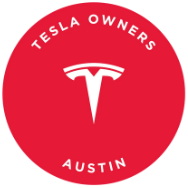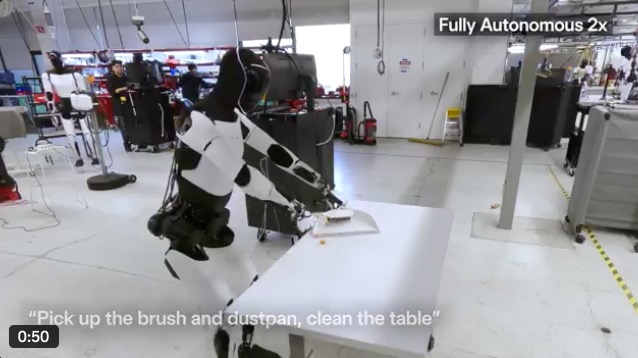Tesla has unveiled a groundbreaking video showcasing its Optimus humanoid robot carrying out various household tasks autonomously, without the need for manual control. The video demonstrates Optimus taking out the trash, sweeping with a dustpan, vacuuming, opening cabinets, tearing off paper towels, stirring pots, and even closing curtains. In a more technical feat, the robot accurately identifies a car part (a Model X fore link), selects it from the correct box, and places it on a dolly ramp.
This remarkable display of autonomy is made possible by a single neural network that has been trained by observing human actions in similar scenarios. Unlike previous methods that heavily relied on teleoperation or direct programming, Tesla’s approach allows for more efficient learning and execution of tasks by the robot.
Milan Kovac, a member of the Optimus AI team at Tesla, shared that the robot has made significant progress in learning capabilities thanks to a recent breakthrough. The team can now transfer learning from human demonstration videos, even those captured from a first-person perspective, directly to the robot. This advancement accelerates training and enables Optimus to acquire new skills without the need for manual data collection.
Furthermore, many of Optimus’s new skills can be activated using natural language commands, either through voice or text input, all managed by the same multitasking AI model within the robot. Looking ahead, Kovac mentioned plans to teach Optimus from third-person videos sourced from the internet and enhance its reliability through reinforcement learning in real or simulated environments.
Tesla is actively recruiting engineers and AI specialists to drive the development of Optimus forward, citing it as one of the most significant real-world applications of artificial intelligence. With continued advancements in technology and machine learning, Optimus is poised to revolutionize the way household tasks are automated and performed in the future.

